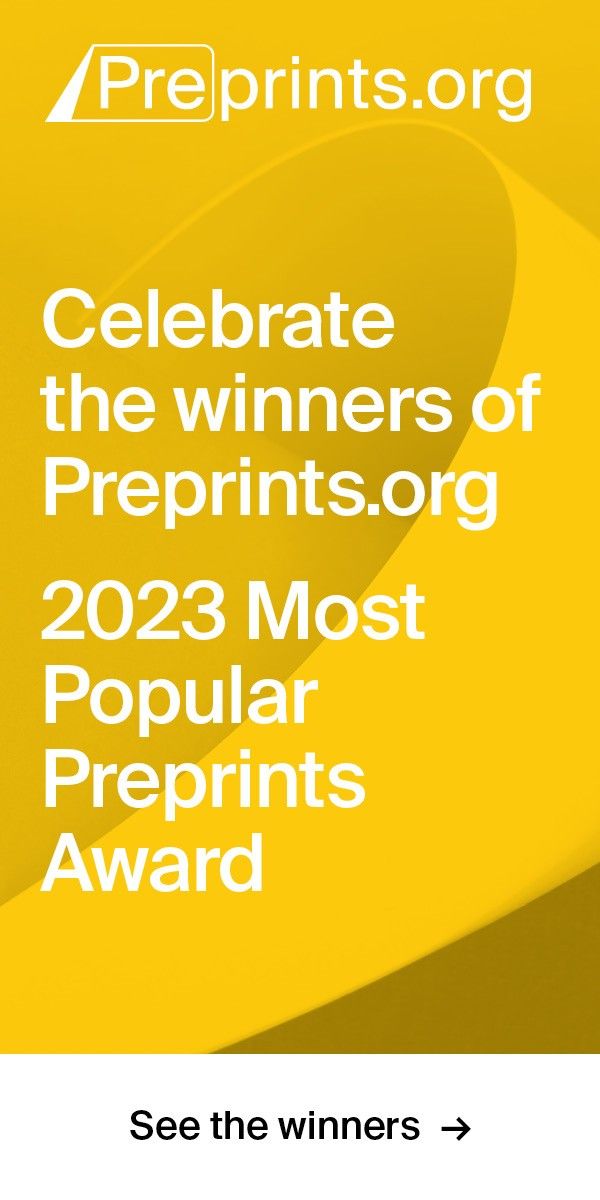Review
Version 1
Preserved in Portico This version is not peer-reviewed
Is Wood a Material?
Version 1
: Received: 23 June 2022 / Approved: 24 June 2022 / Online: 24 June 2022 (10:41:14 CEST)
A peer-reviewed article of this Preprint also exists.
Walley, S.M.; Rogers, S.J. Is Wood a Material? Taking the Size Effect Seriously. Materials 2022, 15, 5403. Walley, S.M.; Rogers, S.J. Is Wood a Material? Taking the Size Effect Seriously. Materials 2022, 15, 5403.
Abstract
This review critically examines the various ways in which the mechanical properties of wood have been understood. Despite the immense global importance of wood in construction, most understanding of its elastic and inelastic properties is based on models developed for other materials. Such models neglect wood’s cellular and fibrous nature. This review thus questions how well models that were originally developed for homogeneous and effectively continuous materials can describe wood’s mechanical properties. For example, the elastic moduli of wood have been found by many authors to depend on the size of the test specimen. Such observations are incompatible with classical elasticity theory. There is also much uncertainty about how well elastic moduli can be defined for wood. An analysis of different models for size effects of various inelastic properties of wood shows that these models only approximate the observed behaviour, and do not predict or explain the scatter in the results. A more complete understanding of wood’s mechanical properties must take account of it being in some sense intermediate between a material and a structure.
Keywords
wood; size effect; Weibull; weakest link; strength; timber; lumber
Subject
Chemistry and Materials Science, Biomaterials
Copyright: This is an open access article distributed under the Creative Commons Attribution License which permits unrestricted use, distribution, and reproduction in any medium, provided the original work is properly cited.
Comments (0)
We encourage comments and feedback from a broad range of readers. See criteria for comments and our Diversity statement.
Leave a public commentSend a private comment to the author(s)
* All users must log in before leaving a comment







